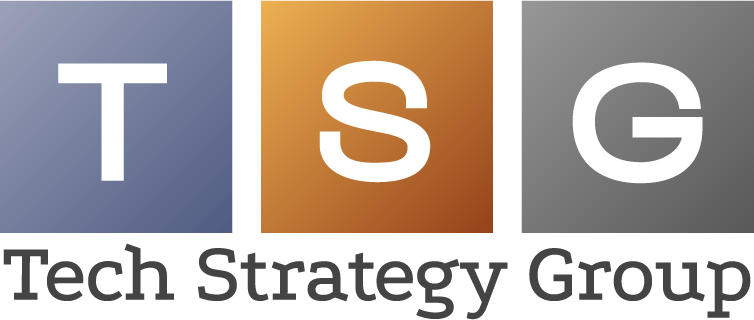Ransomware has emerged as one of the most pervasive and destructive cyber threats facing organizations and individuals worldwide. With the ability to encrypt files and demand ransom payments for their decryption, ransomware attacks can cripple businesses, disrupt critical services, and cause significant financial and reputational damage. In this article, we delve into the five most dangerous forms of ransomware, shedding light on their capabilities, impact, and the measures organizations can take to defend against them.
WannaCry
WannaCry gained notoriety in May 2017 when it spread rapidly across the globe, infecting hundreds of thousands of computers in over 150 countries. Exploiting a vulnerability in Microsoft Windows, WannaCry encrypted files on infected systems and demanded ransom payments in Bitcoin. The scale and speed of the WannaCry outbreak highlighted the severity of the ransomware threat and underscored the importance of timely software patching and vulnerability management to prevent such attacks.
Ryuk
Ryuk is a sophisticated ransomware strain known for its targeted attacks against organizations, particularly in the healthcare, finance, and government sectors. Operated by cybercriminal groups such as Wizard Spider and UNC1878, Ryuk employs advanced encryption algorithms and evasion techniques to evade detection and maximize damage. Ryuk attacks often begin with a phishing email or a compromised remote desktop protocol (RDP) connection, highlighting the importance of robust email security and access controls in defending against this threat.
Sodinokibi (REvil)
Sodinokibi, also known as REvil, is a ransomware-as-a-service (RaaS) operation that has gained prominence in recent years due to its involvement in high-profile attacks targeting large enterprises and managed service providers (MSPs). Operating on a business model akin to a legitimate software-as-a-service (SaaS) provider, the operators of Sodinokibi rent out their ransomware infrastructure to affiliates who carry out attacks on their behalf. Sodinokibi is known for its data exfiltration capabilities, where threat actors steal sensitive information before encrypting files and threaten to leak it if ransom demands are not met.
Maze
Maze ransomware stands out for its dual extortion tactics, where threat actors not only encrypt files but also exfiltrate sensitive data and threaten to publish it if ransom demands are not paid. First identified in 2019, Maze has targeted organizations across various sectors, including healthcare, manufacturing, and technology. The operators of Maze are known for their professionalism and sophistication, often engaging in negotiations with victims and maintaining a public “leak site” to publish stolen data as leverage.
Conti
Conti is a ransomware variant that has gained prominence for its association with ransomware-as-a-service (RaaS) operations and its targeting of critical infrastructure and healthcare organizations. Conti attacks typically begin with initial access gained through phishing emails or exploitation of vulnerable remote access services. Once inside the network, Conti operators deploy a combination of automated tools and manual techniques to move laterally, escalate privileges, and deploy ransomware payloads across multiple endpoints, emphasizing the importance of network segmentation and detection controls in mitigating this threat.
Conclusion
Ransomware continues to pose a significant and evolving threat to organizations of all sizes and sectors. The five ransomware variants highlighted in this article represent just a fraction of the diverse and dynamic landscape of ransomware threats facing businesses and individuals today. To defend against ransomware attacks, organizations must adopt a multi-layered security approach that includes robust email security measures, regular software patching, network segmentation, data backup and recovery procedures, employee training, and incident response planning. Contact TSG, and allow us to strengthen your defenses and mitigate the risk of falling victim to ransomware attacks.







